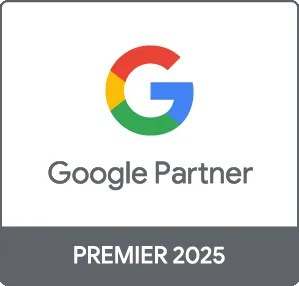Targeting the right audience is crucial for maximizing your Google Ads success. In this post, we will cover proven strategies for effective Google Ads targeting that can help your campaigns convert better and deliver a higher return on investment (ROI). Whether you are a business owner or a marketer, these techniques will ensure your ads reach your ideal customers.
Why Google Ads Targeting is Important
Google Ads targeting allows you to reach specific demographics, locations, and user behaviors, making your advertising more effective. The right targeting can lead to increased click-through rates (CTR), higher conversion rates, and ultimately lower costs per acquisition (CPA). By focusing on the right segments, you can ensure that your advertising budget is spent efficiently.
1. Define Your Target Audience
The first step in effective Google Ads targeting is to define your target audience. Consider the following factors:
- Demographics: Focus on age, gender, and household income to create a detailed customer persona.
- Interests: Identify interests relevant to your products or services to target ads effectively.
- Geographical Location: Use location targeting to reach customers in specific regions or neighborhoods.
2. Utilize Keyword Targeting
Keyword targeting is the backbone of Google Ads. Here's how to optimize it:
- Keyword Research: Use tools like Google Keyword Planner to identify high-value keywords relevant to your offerings.
- Long-Tail Keywords: Consider using long-tail keywords to target more specific search queries and reduce competition.
- Negative Keywords: Implement negative keywords to filter out irrelevant searches, improving the relevance of your ads.
3. Leverage Audience Targeting Options
Google Ads provides several audience targeting options that help refine your campaign:
- Remarketing: Target users who have previously visited your website to encourage them to return and convert.
- In-Market Audiences: Reach users who are actively researching products or services similar to yours.
- Custom Audiences: Create custom audiences based on your business needs, combining demographics, interests, and behaviors.
4. Use Ad Scheduling and Device Targeting
Timing and device targeting can make a significant difference in your ad performance:
- Ad Scheduling: Analyze your past campaign data to determine when your ads perform best and schedule accordingly.
- Device Targeting: Tailor your ads based on user devices (desktop, mobile, tablet) to optimize the user experience.
5. Monitor and Adjust Your Campaigns
Effective targeting isn't a one-time effort; it requires constant monitoring and adjustments:
- Regularly review analytics to identify areas for improvement.
- A/B test different audience segments and ads to see what resonates most with your audience.
- Adjust bids based on the performance of various audience segments.
Conclusion
Effective Google Ads targeting is fundamental to running successful ad campaigns that lead to increased conversions and better ROI. By defining your audience, leveraging various targeting options, and continuously optimizing your campaigns, you can make the most of your advertising budget. At Prebo Digital, we specialize in Google Ads management, helping businesses achieve outstanding results. Contact us today for a consultation and let us help elevate your advertising strategy!





